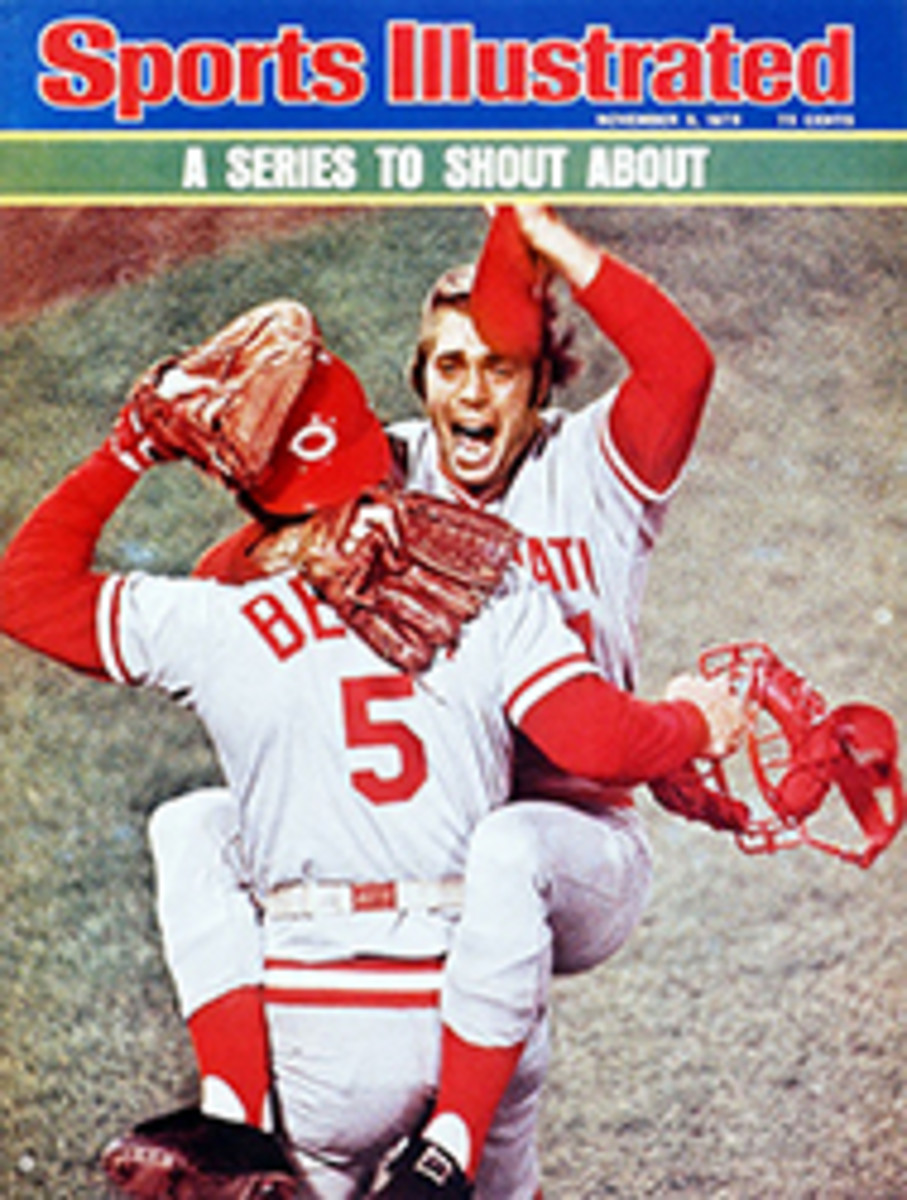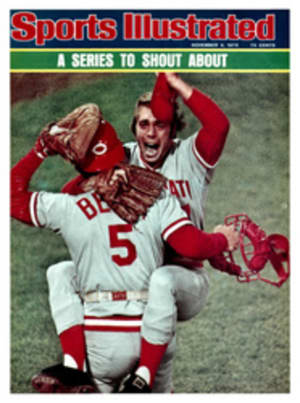
A MASTER'S RENOWNED NATURE STUDIES MAY SOON BE OUT OF PRINT—SO HURRY
No nature photographer is better known than Ansel Adams. He has worked much of his life in our national parks—Yosemite, Yellowstone, Grand Teton—producing black-and-white images that are unique in their stillness, clarity and ability to arouse emotion.
But it was while driving through Hernandez, N. Mex. in 1944 that Adams came across the scene that was to become his most popular photograph. The sun was setting behind clouds and the moon rising over a church and graveyard. There was only enough light to delineate the tombstone crosses. Adams braked his car sharply and hurriedly set up his camera, bellows and tripod. He took one shot and was readying for another when the graveyard went black.
Since then, Adams has painstakingly made more than 300 prints from the original negative, and it is far and away his bestseller. "There's always a problem in defining popularity," says Bill Turnage, Adams' business manager. "At some point art elevates technique and makes an emotional statement, striking a chord in people."
Individual customers have been able to purchase Adams' fine-print photographs for 40 years, but that practice is to end shortly. The price until Dec. 31 is $800 per print. No orders will be accepted after that date. "Mr. Adams is 73 and he knows he's slowing down," Turnage says. "Printing is emotional, tiring work. Ansel spends the majority of his time in the darkroom. He wants to concentrate on new instruction books to add to his series."
Adams would not consider allowing someone else to continue the printing. "If another person were to make the print," says Turnage, "Ansel feels it would be a different photograph." Adams, a man of steely patience, will spend two or three days working with a negative, often tearing up 50 prints that do not suit his critical eye. The photographer explains: "I believe the negative is equivalent to the composer's score and the print to the performance of it."
Adams also intends to sort through half a century's worth of his negatives stored in a fireproof vault behind his Carmel, Calif. home and choose 300 to 350, which he will print in master sets for sale to museums and universities. The negatives have been acquired by the Center for Creative Photography at the University of Arizona. Monetary profit is ruled out; the center can only use the negatives as teaching aids.
Interest in Ansel Adams' work has accelerated greatly in the past four years. "Over a long period of time an artist builds up a reputation," Turnage says. "There is a kind of momentum. People see in Ansel's work a romantic, but direct, statement of the mystical meaning of nature. He tells you what he felt, not what he saw."
An order for an Adams' print should be sent to the photographer's address: Rte. 1, Box 181, Carmel, Calif. 93921. The photograph will arrive a few weeks to several months later; depending on Ansel Adams' schedule. The prints range in size from 4 by 5 inches to 16 by 20 inches—Adams reserves the right to choose the appropriate dimension. The price may seem dear, but the print should be, too, to its new owner.

